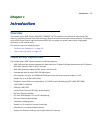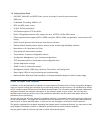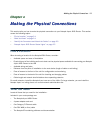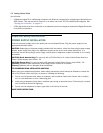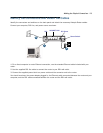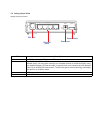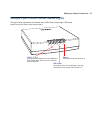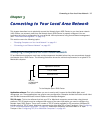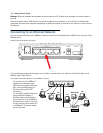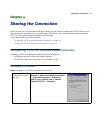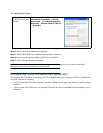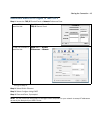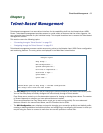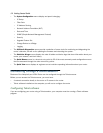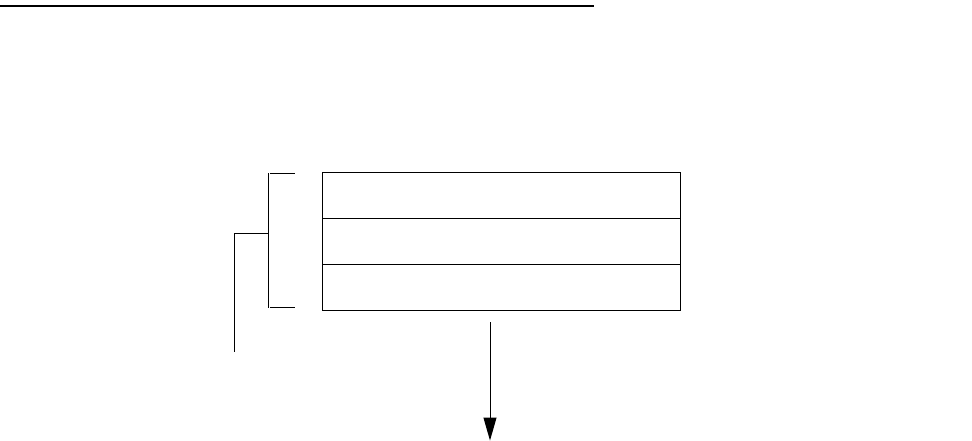
Connecting to Your Local Area Network 3-1
CC
CC
hh
hh
aa
aa
pp
pp
tt
tt
ee
ee
rr
rr
33
33
CC
CC
oo
oo
nn
nn
nn
nn
ee
ee
cc
cc
tt
tt
ii
ii
nn
nn
gg
gg
tt
tt
oo
oo
YY
YY
oo
oo
uu
uu
rr
rr
LL
LL
oo
oo
cc
cc
aa
aa
ll
ll
AA
AA
rr
rr
ee
ee
aa
aa
NN
NN
ee
ee
tt
tt
ww
ww
oo
oo
rr
rr
kk
kk
This chapter describes how to physically connect the Netopia 4-port ADSL Router to your local area network
(LAN). Before you proceed, make sure the Netopia 4-port ADSL Router is properly configured. You can
customize the router’s configuration for your particular LAN requirements using console-based management
(see “Telnet-Based Management” on page 5-1).
This section covers the following topics:
• “Readying Computers on Your Local Network” on page 3-1
• “Connecting to an Ethernet Network” on page 3-2
Readying Computers on Your Local Network
PC and Macintosh computers must have certain components installed before they can communicate through
the Netopia 4-port ADSL Router. The following illustration shows the minimal requirements for a typical PC or
Macintosh computer.
Application software: This is the software you use to send e-mail, browse the World Wide Web, read
newsgroups, etc. These applications may require some configuration. Examples include the Eudora e-mail client
and the Web browsers Microsoft Internet Explorer and Netscape Navigator.
TCP/IP stack: This is the software that lets your PC or Macintosh computer communicate using Internet
protocols. TCP/IP stacks must be configured with some of the same information you used to configure the
Netopia 4-port ADSL Router. There are a number of TCP/IP stacks available for PC computers. Windows 95
includes a built-in TCP/IP stack. Macintosh computers use either MacTCP or Open Transport. See “Configuring
TCP/IP on Windows-based Computers” on page 4-1. Macintosh computers use either MacTCP or Open
Transport. See “Configuring TCP/IP on Macintosh Computers” on page 4-2.
Ethernet Driver
TCP/IP stack
Application software
Your PC
or Macintosh
computer
To the Netopia 4-port ADSL Router



